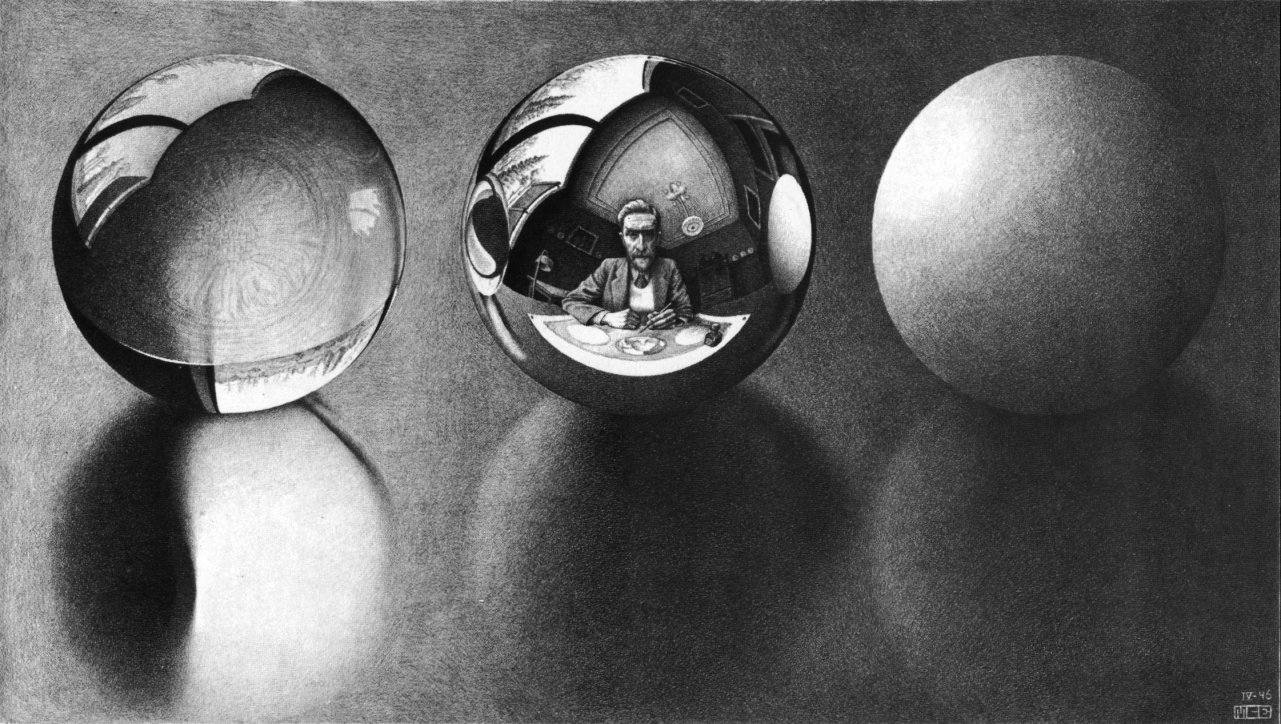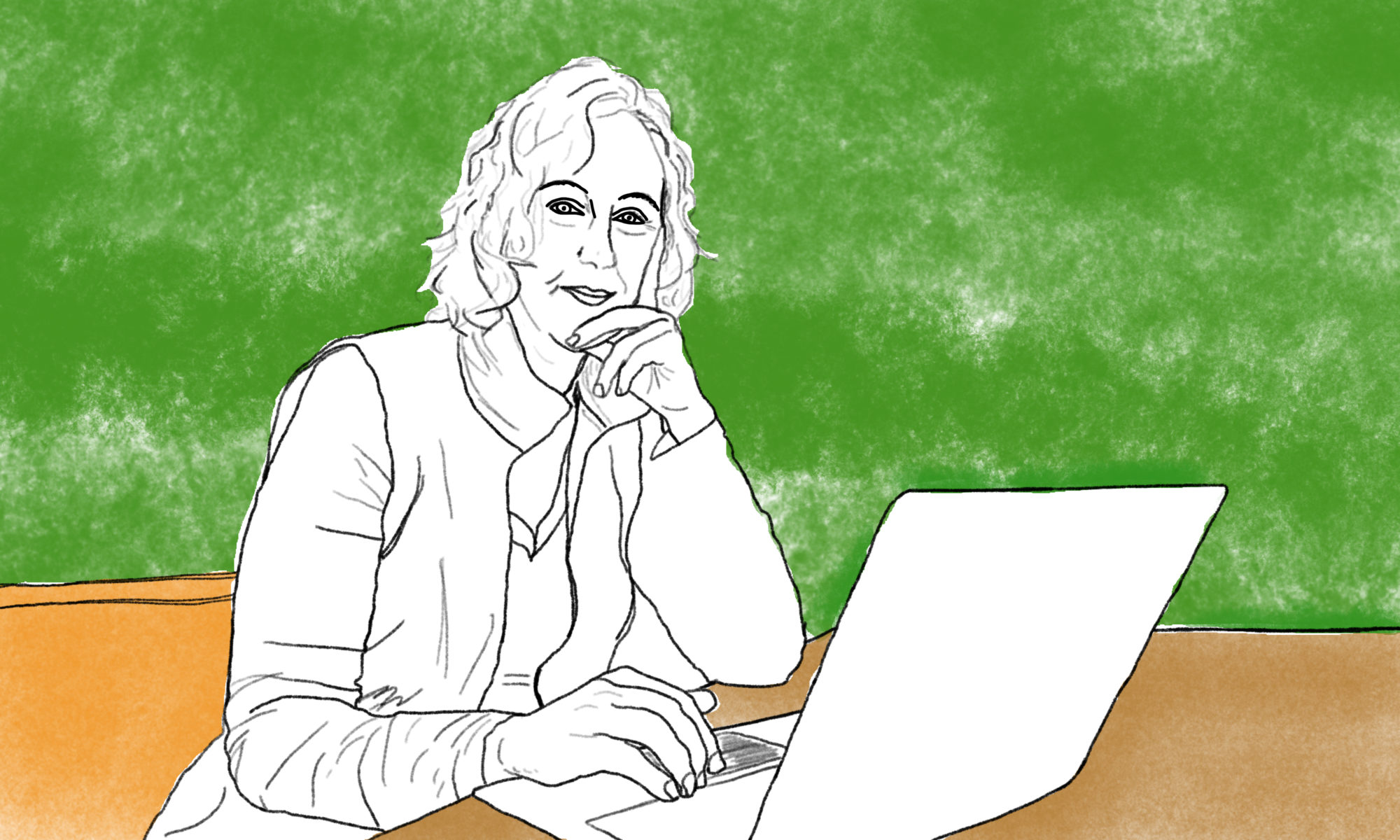And then I decided to write a blog about tribalism, the week before the arrival of Sinterklaas (Saint Nicolas, a Dutch celebration on december 5th). The arrival of Sinterklaas turned out to be a perfect example of tribalism: groups op people demonstrating against Zwarte Piet (the traditionally black painted helper of Sinterklaas and subject of a deep felt controversy in the Netherlands) were ‘egged’ by angry mobs. Police had to intervene in more than one city, leaving us with these kind of images on the news.
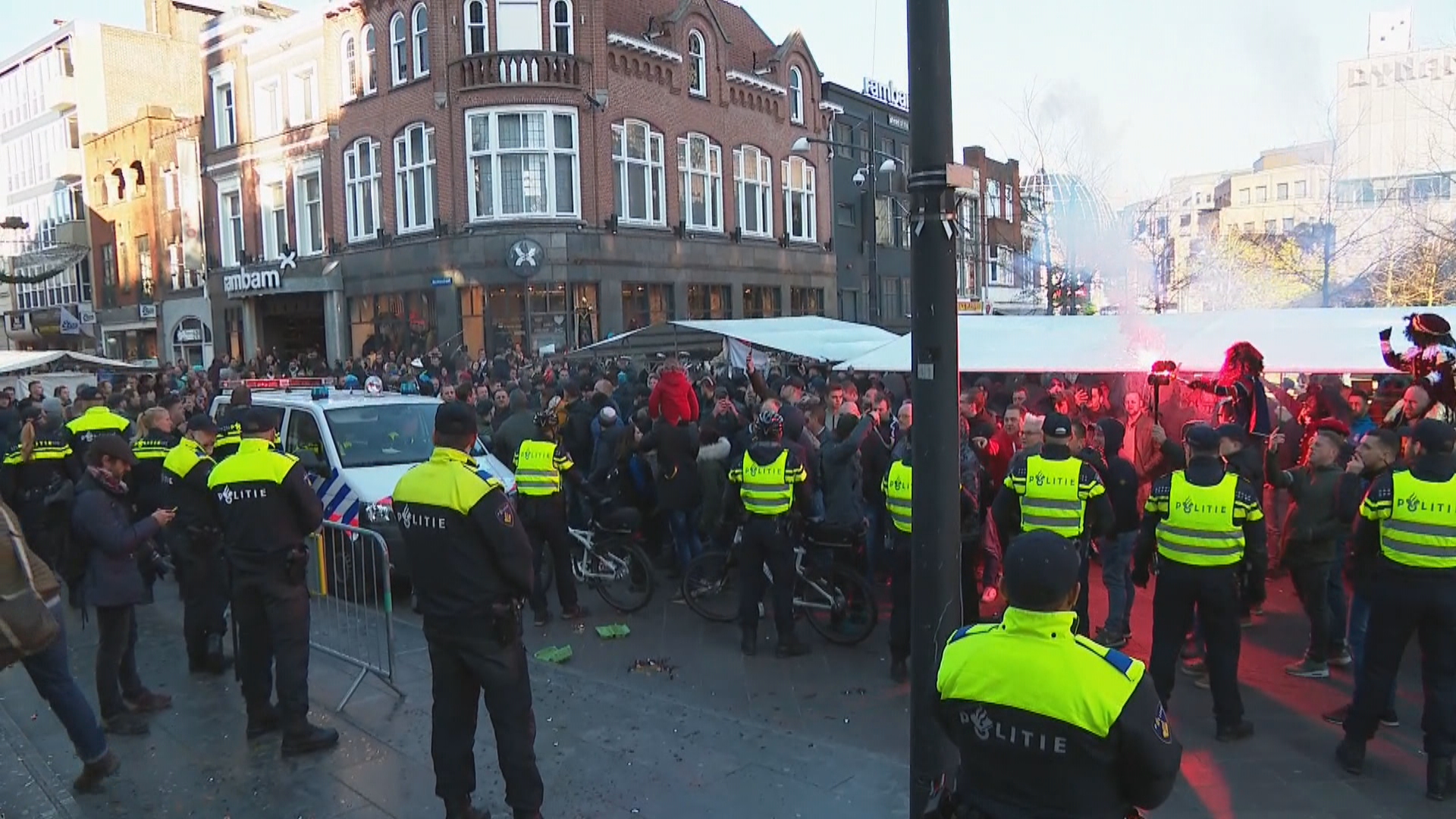
the subject of Zwarte Piet is obviously very controversial in the Netherlands. I therefore have chosen the ‘safe’ route up until now: ignore this particular subject in my research, or at least in my public findings. Only last weekend at the scouting (where I am a volunteer) another parent asked me if my research provided a solution for the Zwarte Piet debate, and I answered in jest: I think I will start with something simpler like World Peace.
But in the end I didn’t start this research or blog to be safe. And so it feels like it is time to share a personal story with you. The story of the first big change of opinion for me, my ‘origin story’ for this research. My change of opinion about Zwarte Piet.

It happened a couple of years ago, in 2012. I had a visitor from America in my home at around October-November. She was (and is) an American singer-songwriter who came to do a European tour. Completely in style with the ‘crowdfunding-hype’, the tour was completely made possible by fans. With money, but also with help. Like offering a place to sleep and organizing a living-room concert.
She slept at my parents house (our house is a bit cramped, and my parents were kind enough to make their guest room available) and we organized a concert in our living room. It was very a very special time. Because the singer had just landed from America, she had built in a couple of extra days to account for her jetlag. So we really had time to get to know each other (five years later the whole family attended her wedding in America, but that is another story).
It was on one of those quiet evenings that we, with a glass of limoncello in our hands, got to talk about special regional and national customs. We talked about Luilak, St. Maarten and of course also about St. Nicholas.

It was when I told her about this last character, who came from Spain on a ship with his Zwarte Pieten as helpers, that I noticed that my visitor felt less and less at ease. I continued to talk cheerfully and proudly, because I was proud of the tradition that I described as ‘less commercial than Christmas’.
Finally, when I asked her why she was upset, she told me about the American tradition of ‘blackfaces’, which had been abandoned because of its racist characteristics. Black painted actors who caricature Afro-American people in plays. This way of acting comes from the time when segregation still took place in America. Since the introduction of equal rights, acting with blackfaces has been labelled racist and is subsequently no longer done in the States.
Because of this – for our European standards still quite recent – history in America, my visitor found our Zwarte Piet really very racist. Something that shocked me, but also filled me with complete incomprehension: our tradition was not meant to depict slavery. These were children’s friends in a children’s festivity. I understood that her American history led her to positions like this, but she did not understand the cultural differences. This was different. This was not evil, this was fun!
It was a tough evening. Not because we disagreed. But because our opinions were so close to our feelings. Feelings of pride and joy on my side, feelings of shame and disgust on her side. Firm, overwhelming, important feelings. Feelings that made it difficult to understand the other, to te even want to try to.
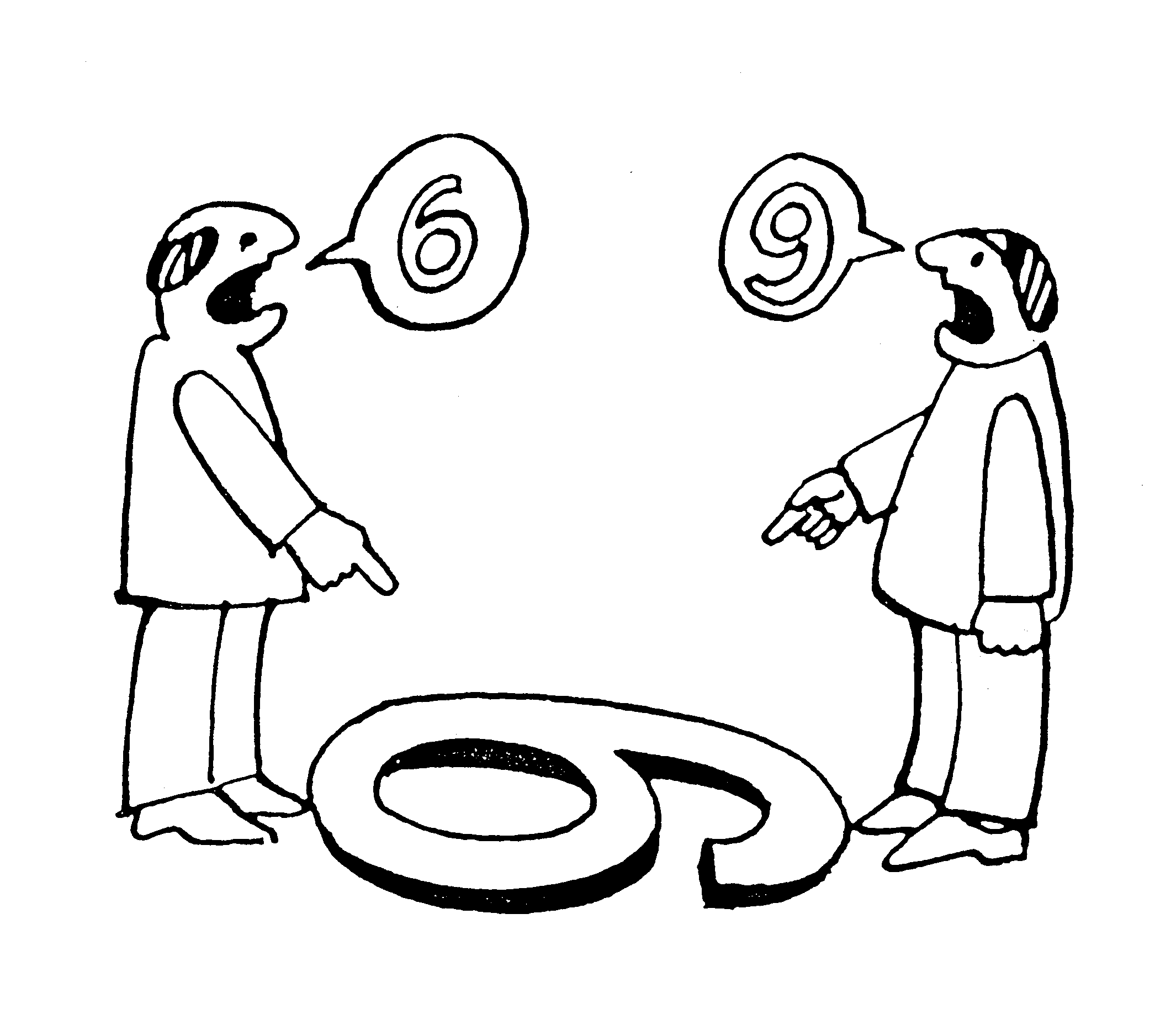
The conversation with my American visitor lingered in my head, in my heart, and in my lower abdomen, long after her departure. From a complete rejection of her point of view, respect and understanding slowly grew. I still did not see it as being racist, this children’s festivity. But more and more clearly I started to see that my viewpoint was not the only possible, or even the only legitimate viewpoint. When does something become racist? When I find it to be so? Or when I notice that others – who look at the same event from a different perspective – find something racist? More and more I started to feel that it doesn’t only matter how I looked at it. What was at least as important was that there was a group of people who felt that Zwarte Piet was racist and who were hurt by that. I had ignored their point of view, and I could no longer continue to do so.

The reason I found it so difficult to accept this new viewpoint, this new position on Zwarte Piet, was the fear that from this new viewpoint I was a racist. Me. The alternative hipster mother that cooks organically and supports many charities. I couldn’t be a racist! The sinking feeling that this ‘clash’ of viewpoint gave me, made me prefer to put my head in the sand and no longer think about the whole issue.
In the end, the issue of ‘am I a racist’ was finally settled with me last year at Oerol by George and Eran (another story as well, but in short: George and Eran are two actors who performed a very gripping and sometimes extremely confronting play about racism last year in the Netherlands): I’m not a racist. But sometimes I am. Or rather, sometimes I do racist things. Not deliberately, not because I am mean, but because I don’t know any better. Or because I get too tired of figuring out how I can learn to know better.
And so I stand. I am still Marian. A woman looking for how she can change her mind. A woman who believes that Zwarte Piet must change with the times, to stop hurting people. A woman who now finds it difficult to see a totally black Zwarte Piet, without thinking ‘how did I ever think this was not racist? In short, a woman who has changed her mind and feelings on this subject.
At the same time I still remember the pain. The pain of looking at my childhood memories from behind these new glasses. The enormous pain it caused me to realize that I thought and felt something, that made me a racist in the eyes of others. The pain of being called something that I never wanted to be. Only to discover that – to put it in George and Eran’s words – every person sometimes thinks racist thoughts. Even me.
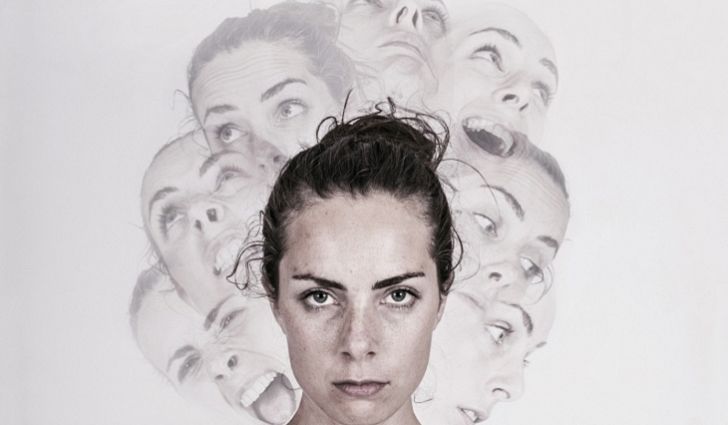
Perhaps that is why I have kept quiet in this debate. Understanding for both ‘camps’ (because yes, that’s how far it has come, we’re talking about camps), is a recipe for getting trolled by two sides.
In addition, I have no answer, no easy solution. Because even though Zwarte Piet will evolve in Roet Piet (soot pete, with chimney soot on his face), or a Regenboog Piet (a rainbow pete with faces painted in many different colors): the real conversation, the conversation about our unconscious tribal behaviour, about thinking in ‘we-thay’ and in ‘our people and strangers’, is a difficult, long and tough conversation.
It is a long journey to find out that the stranger we see, resembles us more closely than we like. Only when we dare to look as much in the mirror as we do towards the other, can we overcome the tribal aspects of this ‘struggle’. This here is my first step, my look in the mirror…
